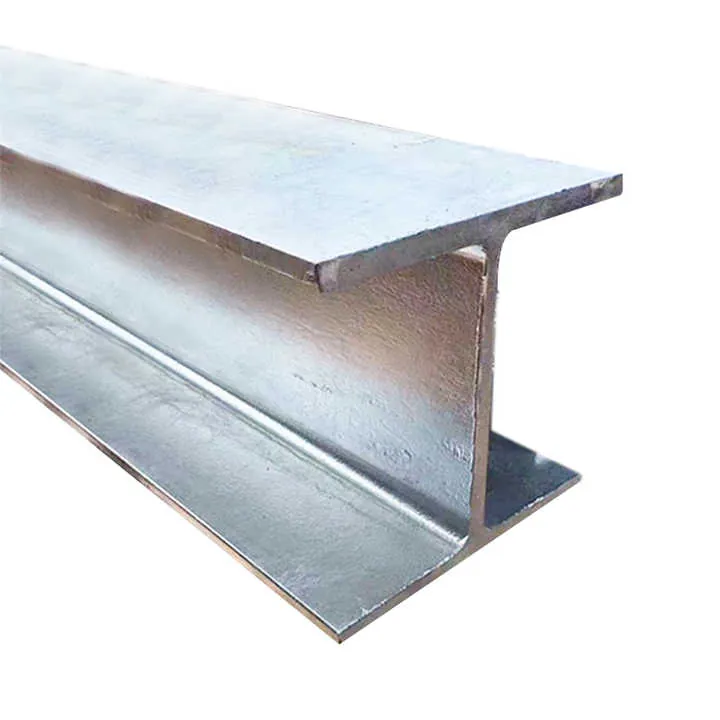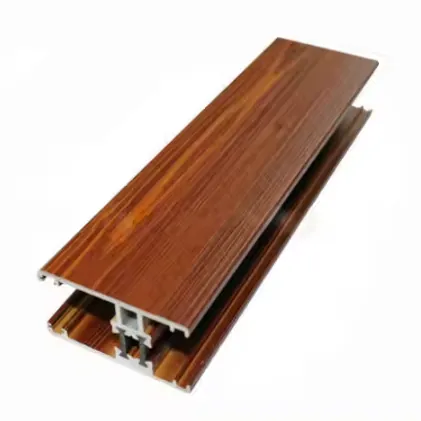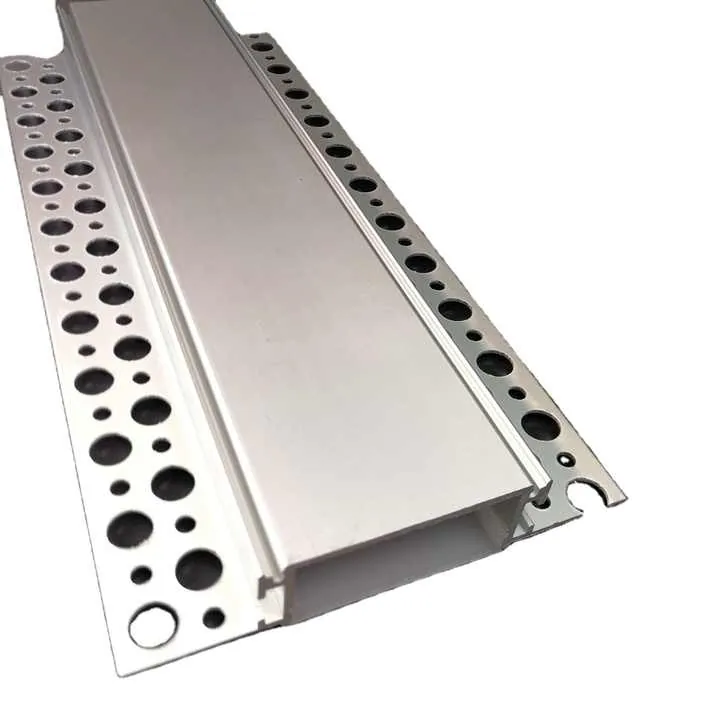When to Use Metal Drywall Corner Bead?

If you’ve ever seen cracked corners or poorly finished drywall edges, you know why the choice of corner bead matters so much.
Metal drywall corner bead is best used for clean, durable outside corners in dry environments where sharp, straight edges are essential.
Corner bead is one of those finishing products most people don’t notice-until it fails. In this post, I’ll walk you through when and why to use metal corner bead, how it compares to paper and vinyl, how installation timing matters, and situations where metal might not be the best choice.
What Are the Benefits of Metal Corner Bead for Outside Corners?
Corners are the first to take damage-from footsteps, furniture, or even vacuum cleaners.
Metal corner bead is ideal for outside corners because it gives unmatched rigidity, precise alignment, and long-term shape retention.

When I use metal corner bead on outside drywall corners, I do it because of one main reason: durability. Unlike soft edges that can chip easily, metal bead holds firm. This is especially true on 90-degree angles that need to stay straight over time.
Key Advantages of Metal Bead
Let’s look at the specific benefits of using metal drywall corner bead:
| Benefit | Explanation |
|---|---|
| Sharp edge | Metal forms a crisp, clean corner with less effort. |
| Low material cost | It’s cheaper per linear foot than most vinyl or composite alternatives. |
| Common in construction | Easy to source from any supplier; contractors are familiar with it. |
| Simple tools required | Installs with tin snips, nails, or screws-no specialty adhesives needed. |
| Easy alignment | Stiff flanges help keep bead in perfect position while fastening. |
Performance in Real-World Use
I’ve used metal beads in both residential homes and light commercial jobs. They perform reliably where there’s minimal moisture and little risk of corrosion. A properly installed and mudded metal bead can last decades.
Still, it’s not a perfect fit for every setting. Some users report issues like:
- Rust, if water gets into the wall or room.
- Denting, especially in high-traffic environments like schools or hospitals.
- Bending during transport due to the thin gauge of steel.
But if you’re working indoors on flat drywall and want a reliable finish, metal bead delivers.
Metal corner bead gives drywall corners strength, straightness, and a sharp finish.True
Metal is rigid and helps maintain the shape and durability of exposed drywall edges.
Metal bead is always better than other corner bead options.False
While metal is strong, it's not the best in moisture-prone or high-impact areas.
When Is Metal Bead Preferable Over Paper or Vinyl?
Contractors often ask me when to use metal instead of paper-faced or vinyl corner bead. The truth is, it depends on the setting.
Metal corner bead is preferable when cost, rigidity, and fast installation with common tools are your top priorities.

Vinyl and paper-faced metal beads each have their strengths. Vinyl is good for moisture-prone areas. Paper-faced options are ideal for reducing cracks where two surfaces meet. But metal bead still holds its place in drywall projects because it’s:
- Faster to install: I can nail or screw it on quickly, even without mud.
- Cheaper per unit: Metal bead is one of the most affordable choices available.
- Easier to find: Every hardware store carries it in bulk.
Key Comparison Table
| Feature | Metal Bead | Paper-Faced Bead | Vinyl Bead |
|---|---|---|---|
| Best for | Sharp corners, flat walls | Crack resistance | Moisture, impact |
| Install method | Nail or screw, then mud | Mud-set only | Staple or spray glue |
| Flexibility | Low | Medium | High |
| Corrosion resistance | Low (unless aluminum) | Moderate | High |
| Finish quality | High | Very high | High |
| Cost | Lowest | Moderate | Slightly higher |
In my experience, I choose metal when:
- The job is big and budget matters.
- I’m working on straight, standard 90-degree corners.
- I need speed and don’t want to rely on adhesives.
For moisture or curves? Then I switch.
Metal corner bead is faster and cheaper to install than paper-faced bead.True
Metal can be attached with screws and no adhesive, speeding up the process.
Paper-faced corner bead is better for dry environments than metal.False
Metal is more cost-effective and rigid in dry conditions, making it preferable.
How Does Installation Timing Affect Metal Corner Bead Use?
Timing affects more than workflow-it affects results. Many issues I’ve seen with corner beads come from installing them too early or too late.
Install metal bead after drywall is up and taped, but before the first mud coat. That gives the best alignment and bond.

I’ve learned that proper timing helps the bead sit snugly. If I install it too early, wall adjustments can knock it out of place. If I install too late, the mud doesn’t adhere as well to the flanges.
Standard Steps
Here’s how I time installation on most jobs:
- Hang drywall sheets and screw them in place.
- Tape and finish all seams first.
- Measure and cut corner bead to fit corners exactly.
- Attach bead using nails or drywall screws.
- Apply the first coat of joint compound, feather edges.
- Let dry, then sand and repeat until smooth.
Mistakes to Avoid
- Installing on raw studs: You need drywall on both sides of the corner for proper attachment.
- Skipping screws: Stapling only can cause movement or loose flanges.
- Applying mud before fastening: It prevents proper bead adhesion and may cause bubbling.
With good timing, the result is a sharp corner with minimal sanding and fewer chances of cracking later.
Metal corner bead should be installed before drywall sheets are hung.False
Beads must be attached to drywall, not framing, to align properly.
You should attach metal bead before applying joint compound.True
Fastening first ensures it stays in place during the mudding process.
Are There Situations Where Metal Corner Bead Is Not Recommended?
Despite its advantages, metal bead has limits. I’ve worked on projects where metal caused more problems than it solved.
Avoid metal bead in wet, curved, or high-impact areas. In those situations, vinyl or paper-faced beads hold up better.

I’ve run into trouble using metal bead in:
- Bathrooms: Moisture seeps through joint compound and causes rust over time.
- Basements: Even with good ventilation, humidity levels are too risky.
- Schools or clinics: Corners get bumped often. Metal dents and shows every mark.
- Arches or round edges: Metal must be scored or bent manually-vinyl flexes naturally.
Weaknesses of Metal Bead
| Limitation | Impact |
|---|---|
| Moisture sensitivity | Can rust through compound or paint, causing stains |
| Rigid structure | Won’t bend around curves or custom profiles |
| Vulnerability to dents | Collisions deform the bead, sometimes cracking surrounding mud |
| Labor repair cost | Fixing dented corners takes longer than initial install |
When I know impact or moisture is an issue, I skip metal entirely. Vinyl and composite options are better suited and worth the added cost.
Metal corner bead is perfect for bathrooms or wet basements.False
Metal can rust and stain drywall if exposed to moisture.
Vinyl corner bead is better than metal for curved drywall edges.True
Vinyl bends easily and fits curves without cutting or shaping.
Conclusion
Metal drywall corner bead is a strong, affordable, and reliable choice-when used in the right place. It works best on clean, 90-degree corners in dry environments. It’s simple to install and gives a sharp, crisp finish. But it’s not great everywhere. For wet rooms, curved edges, or high-traffic zones, vinyl or paper-faced alternatives hold up better.



